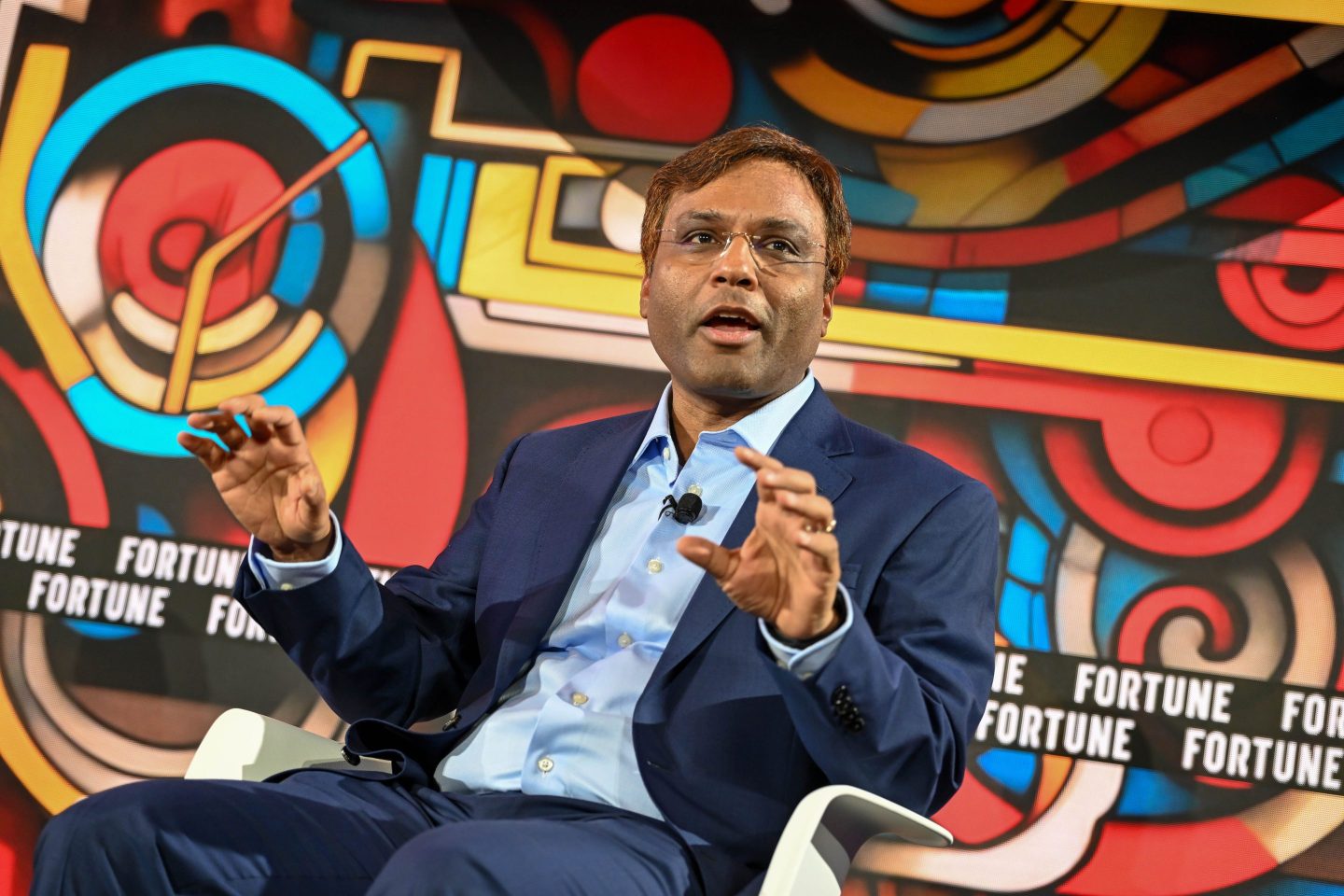Last week was Fashion Week in New York City, and on Monday Climate Week will come to the Big Apple. At the intersection of these annual showcases lies an uncomfortable truth: No one has figured out how to credibly align climate goals with fashion’s current business model.
Retailers have in the past few years announced a slew of sustainability measures — practically every company in the industry has a plan, or a plan to make a plan, for changing how they manufacture products to be greener, and extending those products’ lifespan. These initiatives have given rise to the buzzword of “circularity,” and are geared at reckoning with fashion’s enormous climate footprint. According to the United Nations, the industry contributes between 2% and 8% of global carbon emissions.
But that’s where things get awkward. As of now, there’s little discussion about just how many goods a company should be producing to hit its environmental targets. Instead, bold strategies abound to keep businesses in expansion mode.
“Many, many companies are starting to realize they have a situation that appears irreconcilable,” said Elisa Niemtzow, vice president of consumer sectors and global membership at the sustainability consulting company BSR. “The concept of degrowth and alternative business models, or alternative models to growth, can be words that make people uncomfortable.”
Take H&M. The Swedish retailer has pledged to cut its emissions 56% by 2030 compared to 2019 levels, earning a “B” for its 2021 climate disclosures from the third-party nonprofit CDP. That’s on top of H&M moving to reduce its water and plastic use and rely on more recycled materials. But even the best materials can’t counteract a production volume of 3 billion garments per year, or investor expectations of beating out fast-fashion competitors. Is it even possible to decouple climate goals from that kind of strategy?
Many scientists engaging with BSR don’t seem to think so. “Scientists generally would say that decoupling is actually not possible, or it could be possible for emissions but not for resource use,” Niemtzow said. “And even if it could be in theory possible, it’s extremely unlikely to ever happen.”
Some companies are trying. In the luxury space, Gucci managed to cut its emissions 15% compared to 2019 levels while still boosting sales, Business of Fashion reported. Alternative models on offer include capping growth, focusing on fewer, higher-quality items, and narrowing inventory to climate-friendly options — though it’s unclear how these approaches scale over time. There are also entire businesses springing up around reselling everything from apparel to furniture, or renting goods to avoid new production entirely. The rise in resale, rental, repair and remaking businesses, aka more circular ones, could potentially cut fashion’s climate footprint by about a third of what’s needed to keep the 1.5° Celsius goal alive, according to the Ellen MacArthur Foundation.
“I think the sustainability people in the fashion space have been talking about the elephants in the room of overproduction and overconsumption for several years now,” Niemtzow said, adding that companies are at least starting to be pulled into the conversation. “We’re still all searching for the right models to guide us.”












